Stranger in a Strange Land Redefined the Sci-Fi Frontier
Heinlein’s "Stranger in a Strange Land" challenged mid-century norms with Martian eyes, philosophical questions, and a story that still asks what it means to be truly human on Earth.
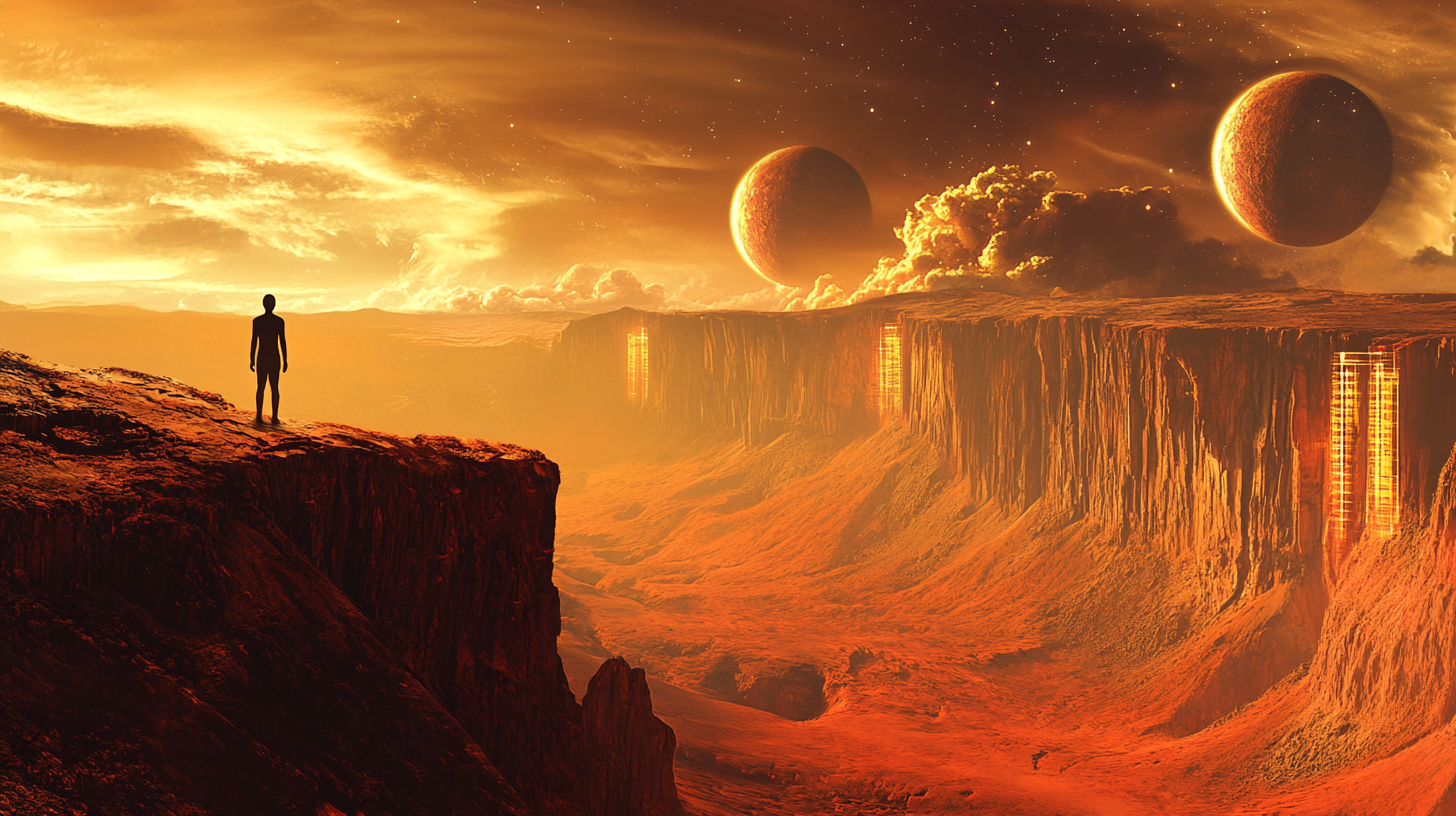
In the early 1960s, America stood at the edge of something vast. Rockets clawed their way skyward, while down on Earth, certainties were unraveling. Old rules were questioned not with anger, but with an almost scientific curiosity, as though human nature itself were an unsolved theorem.
This was a moment when science fiction stepped out of the pulp rack and wandered into stranger territory. The stories that endured were no longer just about gadgets and bug-eyed monsters. They were about civilizations that looked a lot like ours, only different enough to be unsettling.
Robert A. Heinlein, once known for brisk space yarns and juvenile adventures, began to write as if he were probing the seams of reality. His work in this period showed an increasing interest in what might be called metaphysical logistics. Not how man might go to Mars, but what he might bring back.
The resulting fiction was cerebral, irregular, and unwilling to conform. It did not always offer answers, but it insisted on asking the kinds of questions most writers had been trained to avoid. What makes a human? What holds a society together? And, perhaps most unnervingly, what happens when a man truly does not belong.
Narrative Structure and Worldbuilding
The story unfolds at a patient, deliberate pace. Heinlein does not rush to explain his imagined Martian customs or lay bare the logic of his Earthly societies. Instead, the world emerges as the reader follows a man who is neither native to Mars nor fully human in the Earthbound sense. Every scene becomes a lesson in contrast, and the novel gains its texture from these quiet collisions between civilizations.
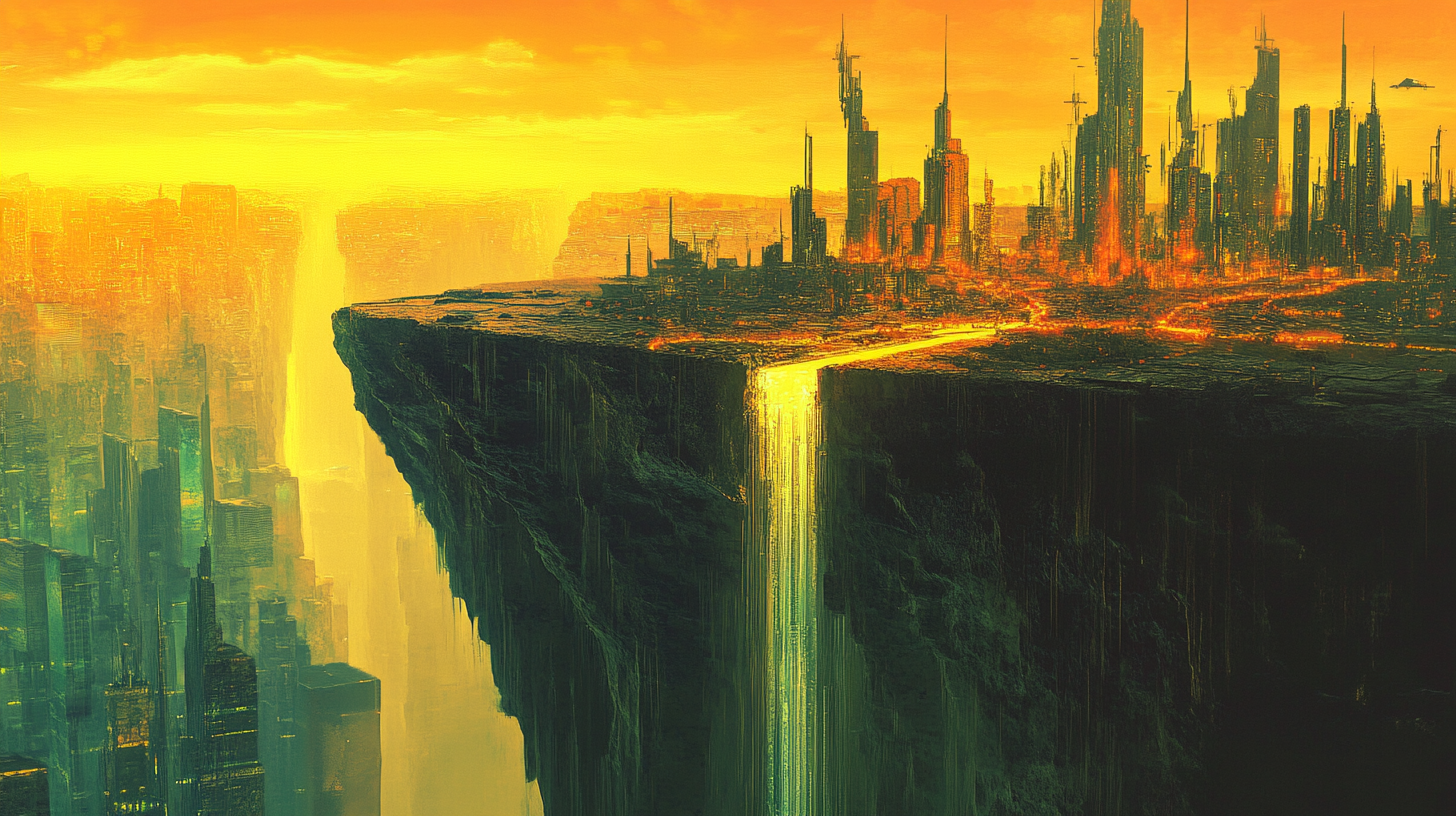
Heinlein constructs his future Earth with an architect's discipline and a satirist's eye. He does not predict so much as exaggerate, magnifying trends already visible in American life. The institutions of law, religion, and government appear not as fresh inventions but as warped reflections of what readers already know. In that distortion lies the critique. This is not a clean utopia nor a blasted dystopia. It is something more familiar and disquieting—a society built from recognizable parts but run through a Martian filter.
The novel's structure resists simple classification. It begins as a science fiction mystery, shifts toward philosophical inquiry, and at times flirts with allegory. Heinlein uses episodic progression rather than a conventional arc. Characters enter, disappear, and reappear with purpose rather than convenience. Conversations take up more space than action, and the drama often unfolds in what is said rather than what is done.
What binds the structure together is not plot but perspective. The reader is not asked to follow events as much as to interpret them. The unfamiliar is made stranger by the lens through which it is seen. Heinlein's worldbuilding succeeds not because it is expansive, but because it is selective. He shows just enough to make us question what we already believe. That, more than any technology or future setting, is where the real science fiction begins.
Character and Theme Analysis
At the center of the novel is a man who walks through Earth as if it were a foreign planet. He is not hostile, nor is he bewildered. He simply does not accept what others assume. In doing so, he reveals how much of society is built not on truth, but on habits that have hardened into law.
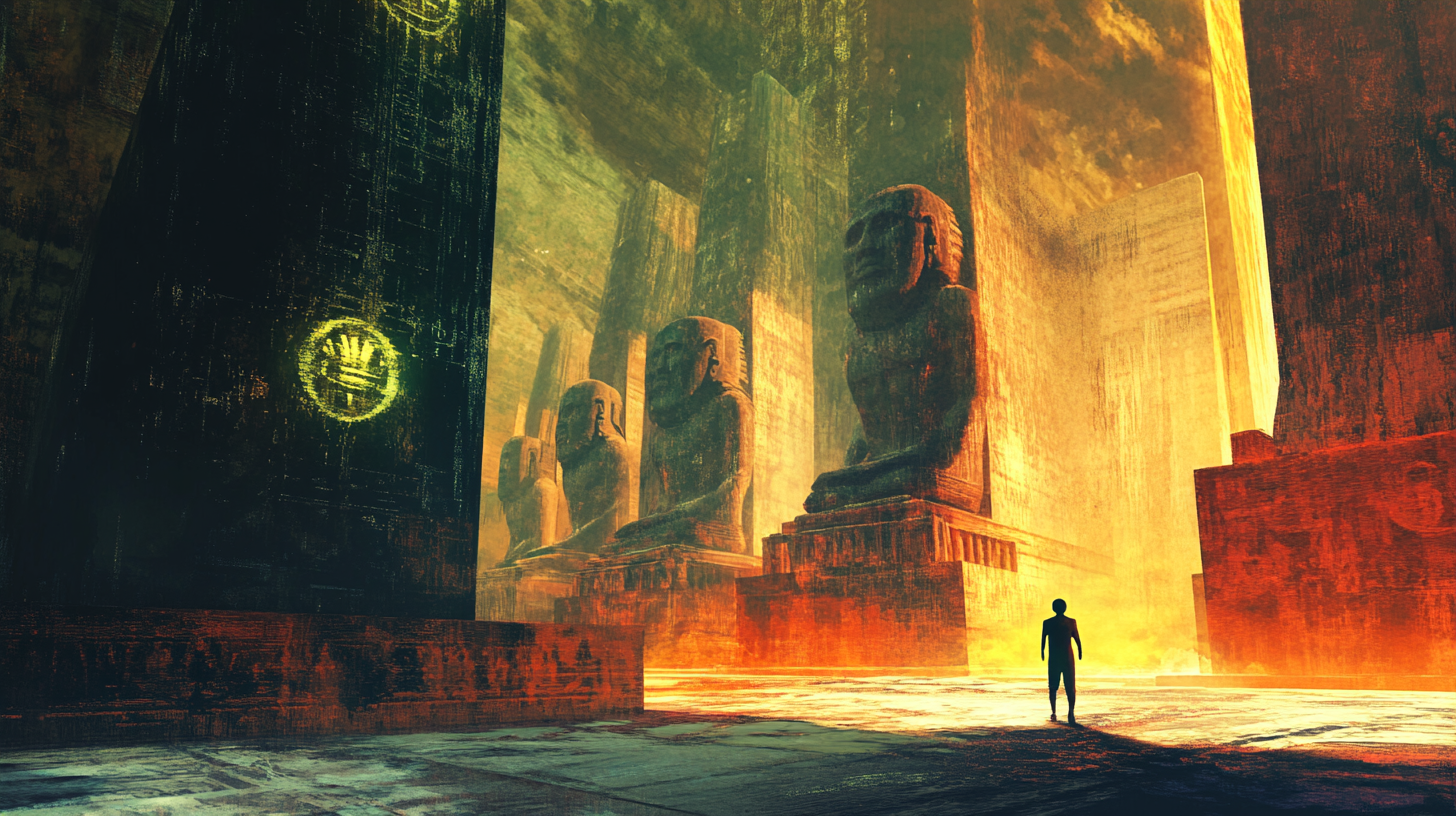
Heinlein does not present his protagonist as a prophet or a lunatic. The man is curious, methodical, and unsettlingly sincere. His innocence makes him dangerous to the world around him. He questions without accusation. He acts without guile. And in doing so, he exposes the artificial scaffolding of every institution he encounters.
One of the novel's strongest qualities is its refusal to lecture. Themes emerge naturally through dialogue and observation. Religion is not attacked but interrogated. Authority is not rejected but examined. Heinlein allows readers to draw their own conclusions, even when those conclusions might contradict one another. This is not a novel of answers. It is a novel of scrutiny.
Thematically, the book explores what it means to be human when stripped of custom. What happens when belief is not inherited but chosen. What society looks like when viewed by someone who does not belong to it and has no reason to pretend he does. Heinlein uses the outsider's gaze to unsettle the reader. The most disturbing parts of the novel are not the strange rituals or Martian words. They are the moments when the reader realizes how little he has questioned his own world.
The main character evolves not through revelation, but through understanding. He does not transform into something new. He becomes more fully what he already is. That slow movement toward self-knowledge drives the novel's deeper rhythm. It also fuels its most powerful theme—the search for a life that is lived rather than inherited.
In the end, the character is not a mirror of the reader, but a measuring stick. He shows how strange Earth can look when stripped of its assumptions. That, more than any plot twist or technology, is what gives the novel its lasting force. It asks the reader to look again, and to see clearly.
Historical Context and Reception
Published in 1961, "Stranger in a Strange Land" arrived at a crossroads in American culture. The space race had begun in earnest, yet the world still lived in the shadow of nuclear weapons and rigid ideologies. Institutions were revered, but cracks had started to form. Into this atmosphere came a novel that did not denounce tradition, but neither did it bow to it.
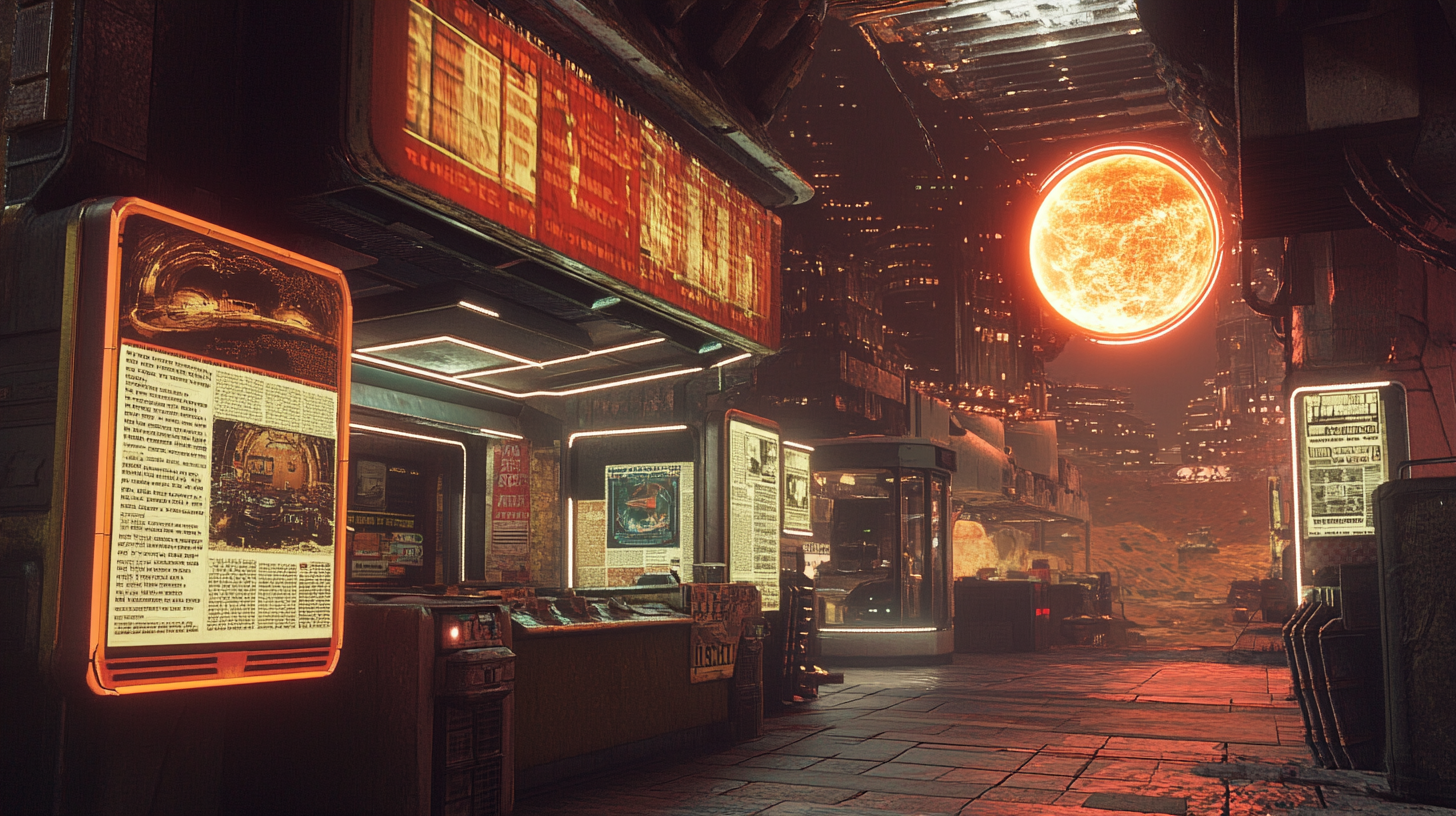
Heinlein's earlier work had earned him a reputation for technical precision and libertarian leanings. This novel departed from that image. It was dense, introspective, and unorthodox. Readers expecting another tale of rockets and ray guns were met instead with a philosophical labyrinth. Some praised it as visionary. Others dismissed it as indulgent. But no one could ignore it.
The book stirred strong reactions, not because it was profane or political, but because it touched something deeper. It asked readers to reexamine the cornerstones of faith, law, and belonging. That kind of challenge was rare in a genre still finding its literary legs. Its nomination and win of the Hugo Award in 1962 marked a shift. The science fiction community, often dismissed as juvenile, showed it could also reward the daring and the difficult.
Over the years, the novel gained a second life outside the bookstore. Its language, especially the word "grok," entered the public lexicon. Its questions became talking points in college dorms, church basements, and editorial pages. It was no longer just a book. It became a cultural artifact, a mirror held up to a decade that could not decide what it believed. And though it came from a writer who valued reason, the novel resonated most with those looking for something beyond reason. That paradox is part of what has kept it in print and in conversation for more than six decades.
Beyond the Horizon of Custom
"Stranger in a Strange Land" did more than stretch the boundaries of science fiction. It redefined them. Heinlein did not simply build a world—he dismantled one. He challenged readers to strip away the surface of their lives and question the structures they lived within. For many, it was the first time a science fiction novel asked not what the future held, but what the present meant.
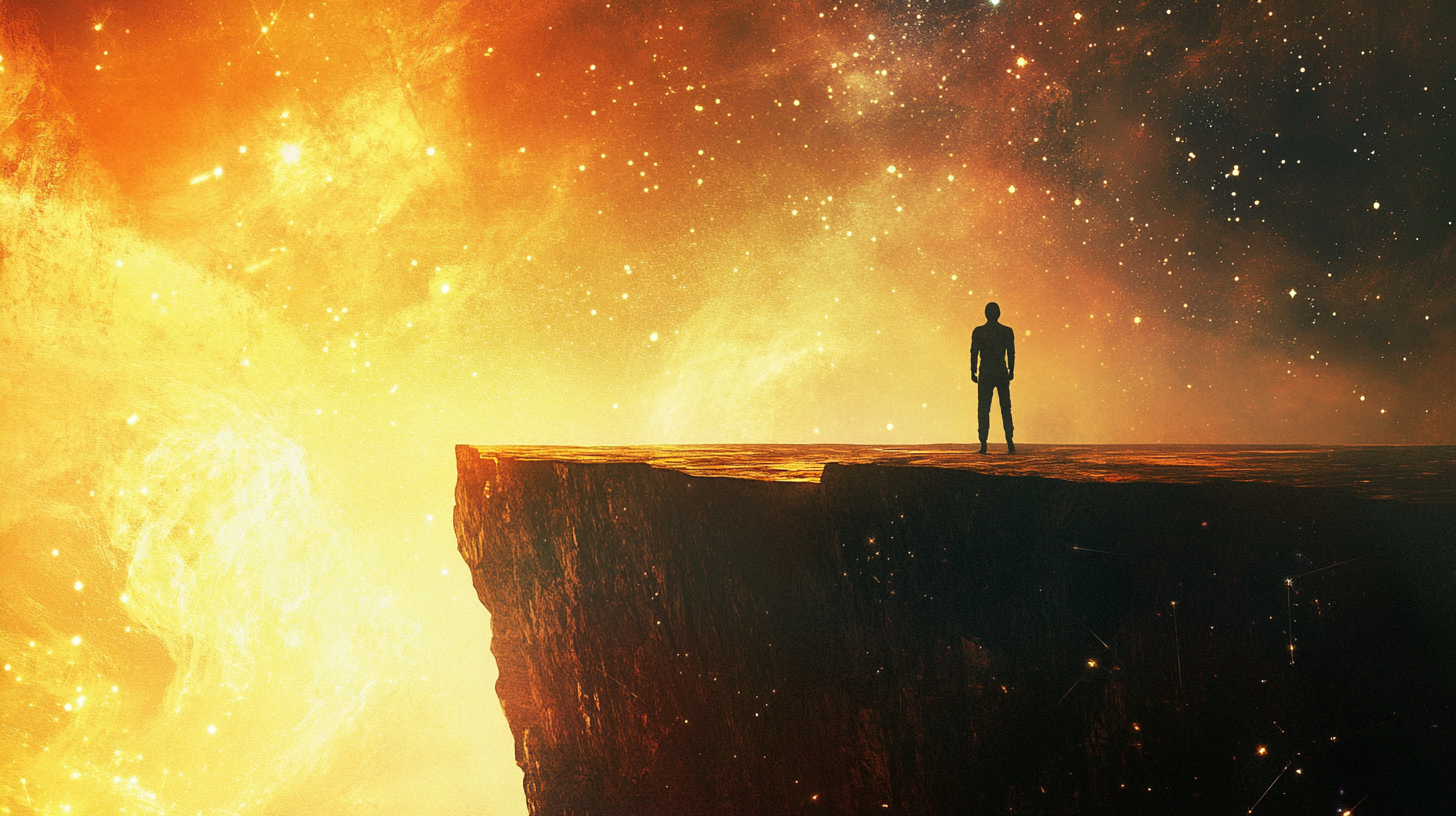
The novel's endurance is not owed to novelty or shock. It persists because it taps into something older than the genre itself—the need to understand what we are and why we choose the lives we lead. It does not offer comfort. It offers perspective. And that is something readers return to when the world feels especially unknowable.
Heinlein's work here remains his most ambitious and divisive. It is not his most polished. At times, it is dense, uneven, and idiosyncratic. But it is also honest in a way that few science fiction books dared to be in its day. It questions everything but preaches nothing. It does not flatter the reader. It demands that he think for himself.
In the decades since its release, the book has been embraced, rejected, imitated, and misunderstood. But it has never been forgotten. It continues to find new readers, not because of its time, but in spite of it. The questions it asks are still with us. The world may have changed, but the ache for meaning, belonging, and truth has not.
This is what makes "Stranger in a Strange Land" a classic. Not its fame. Not it's a controversy. Its legacy lies in its refusal to settle for easy answers. It endures because it dared to ask the most challenging questions—and left the reader to wrestle with them alone.

